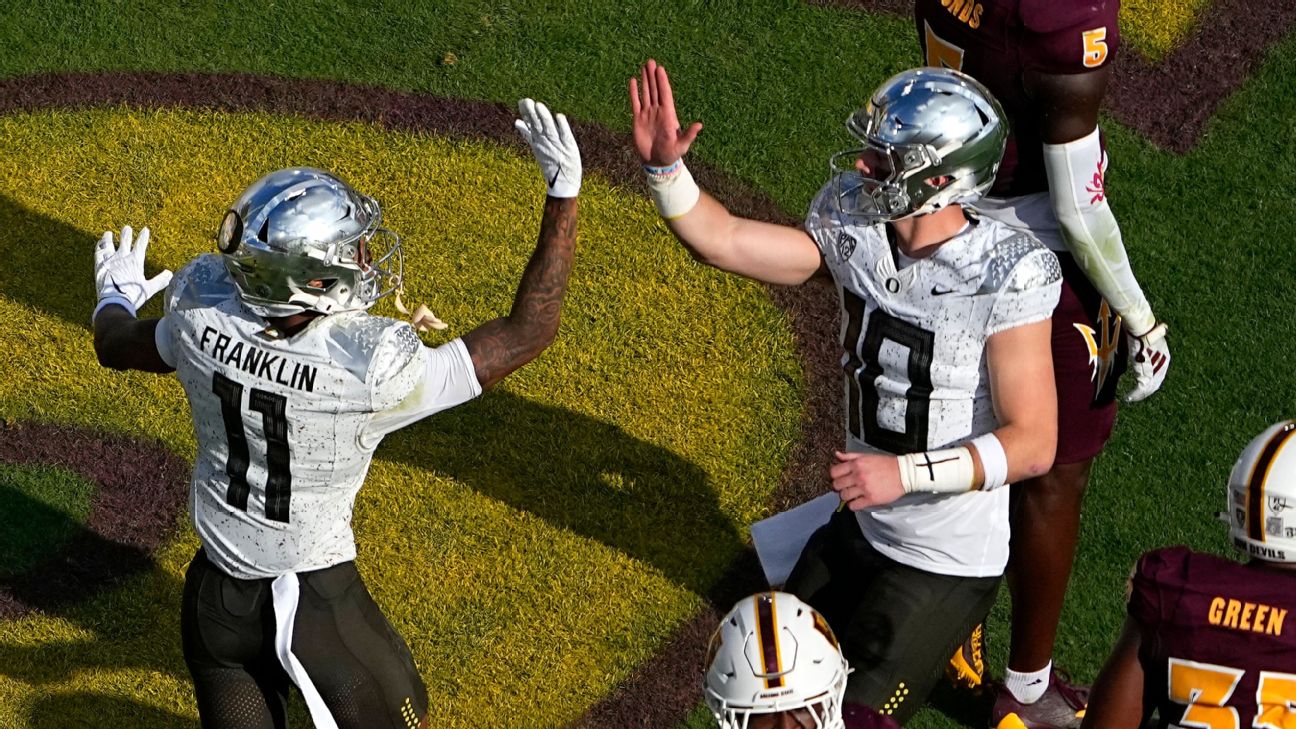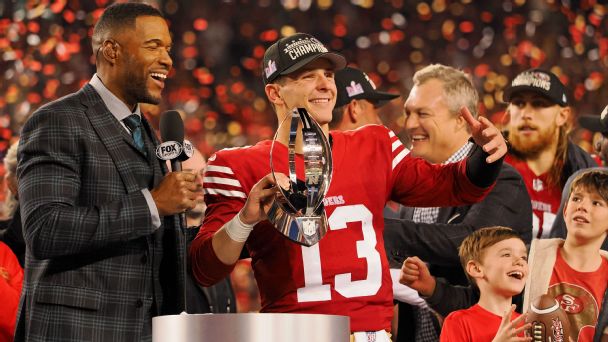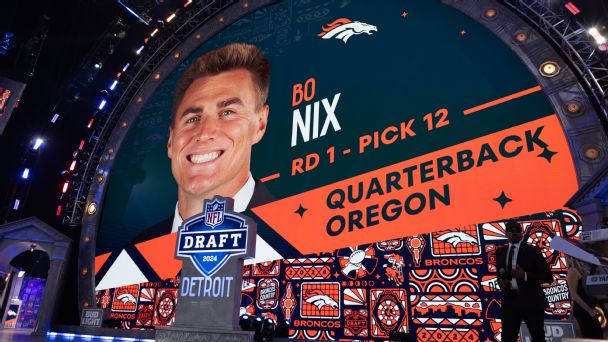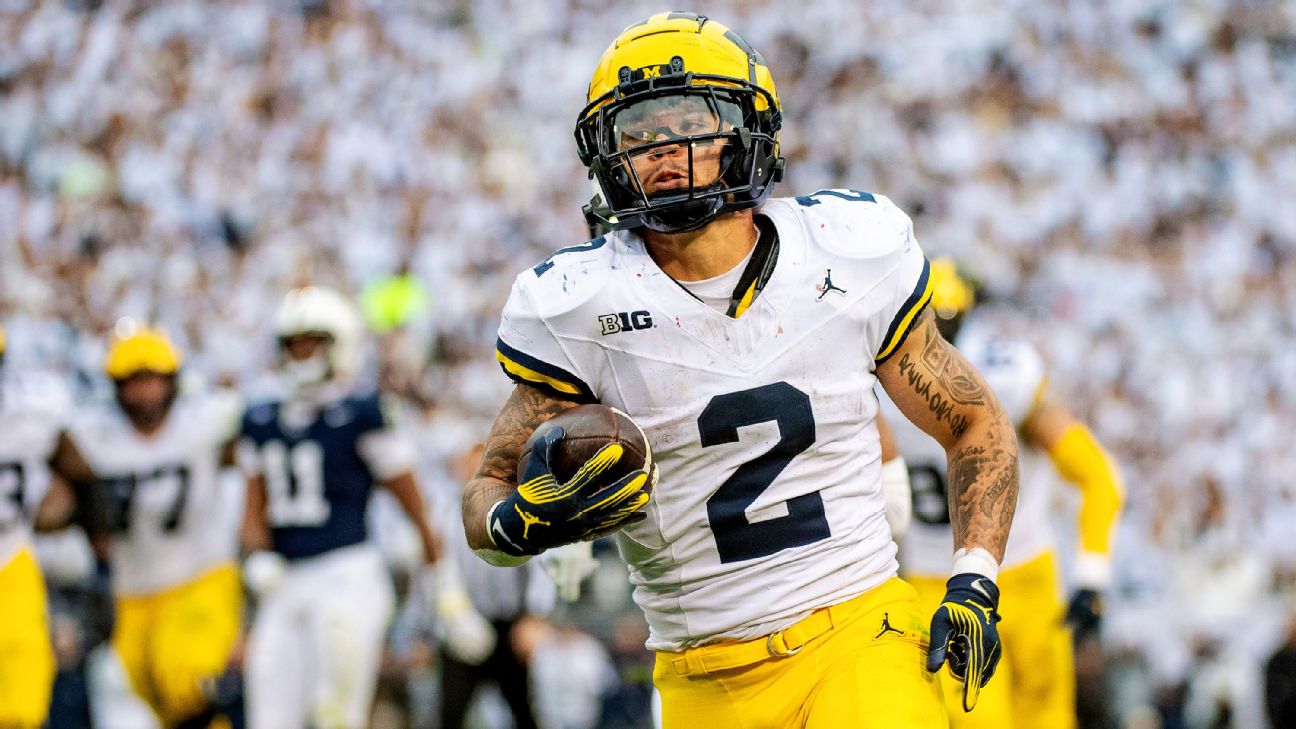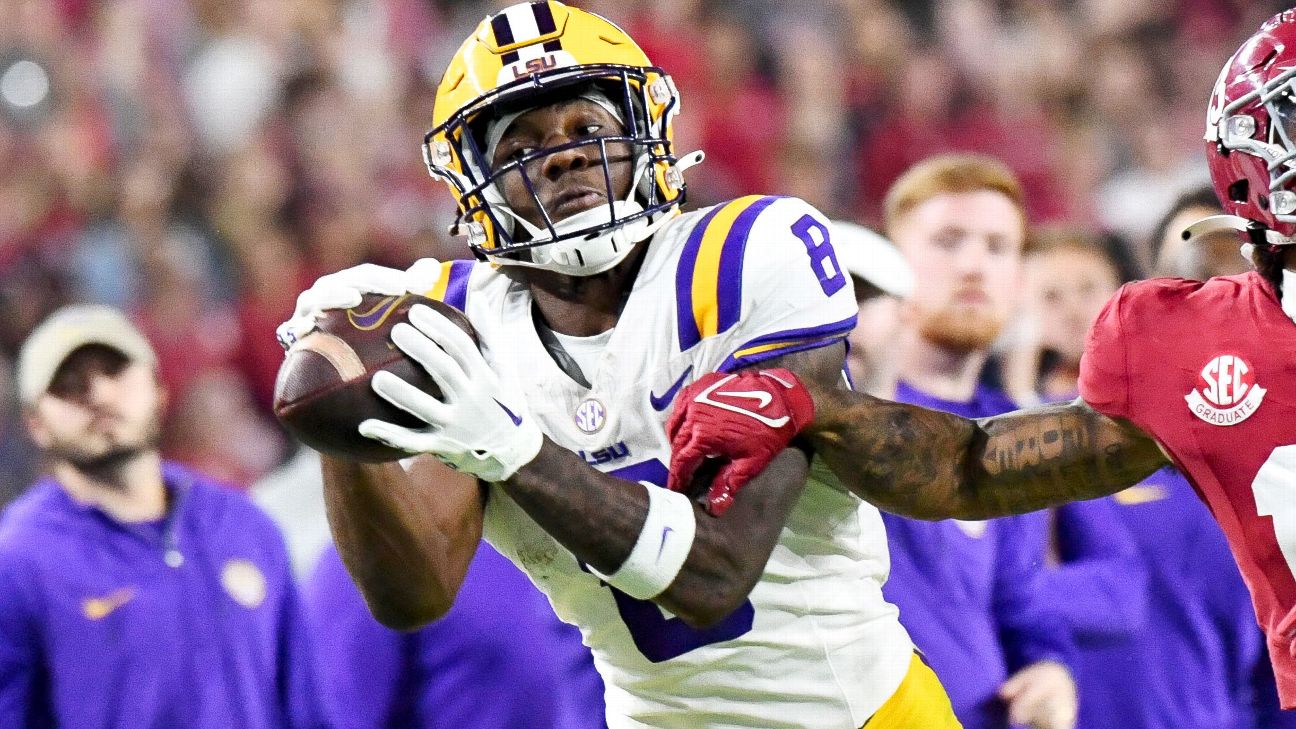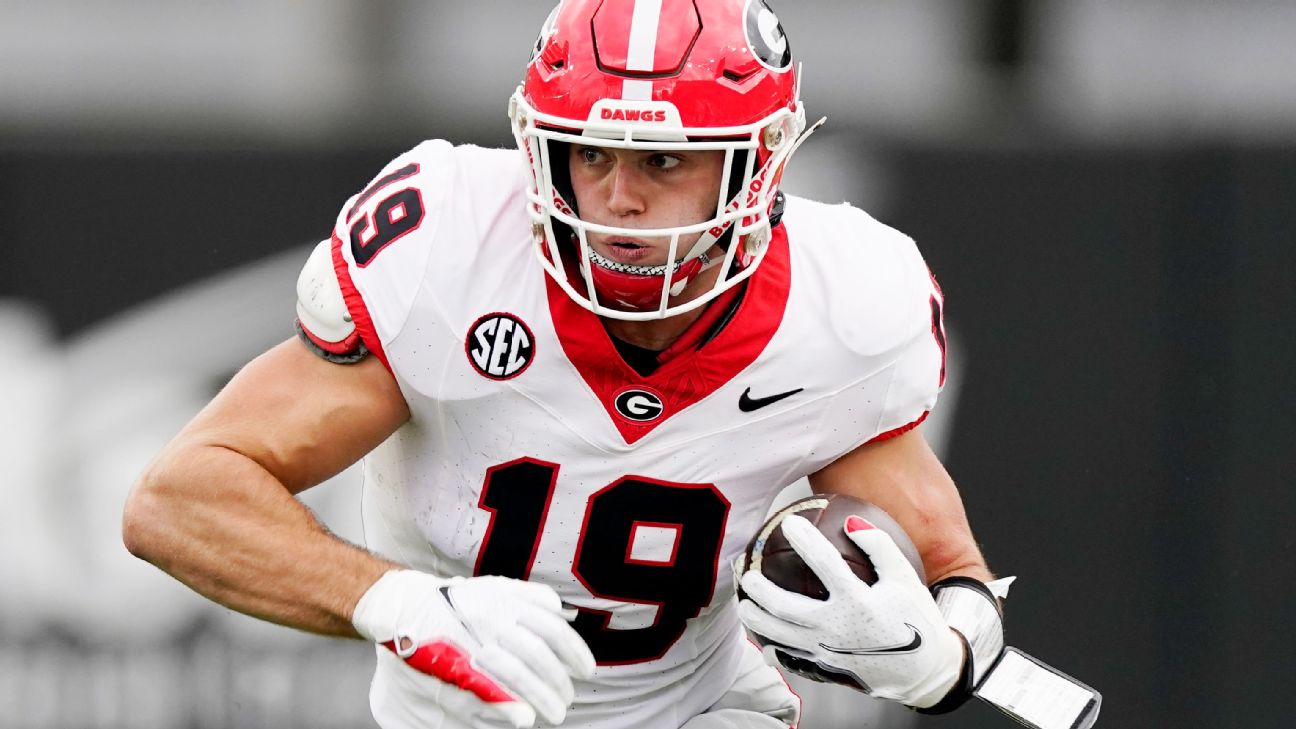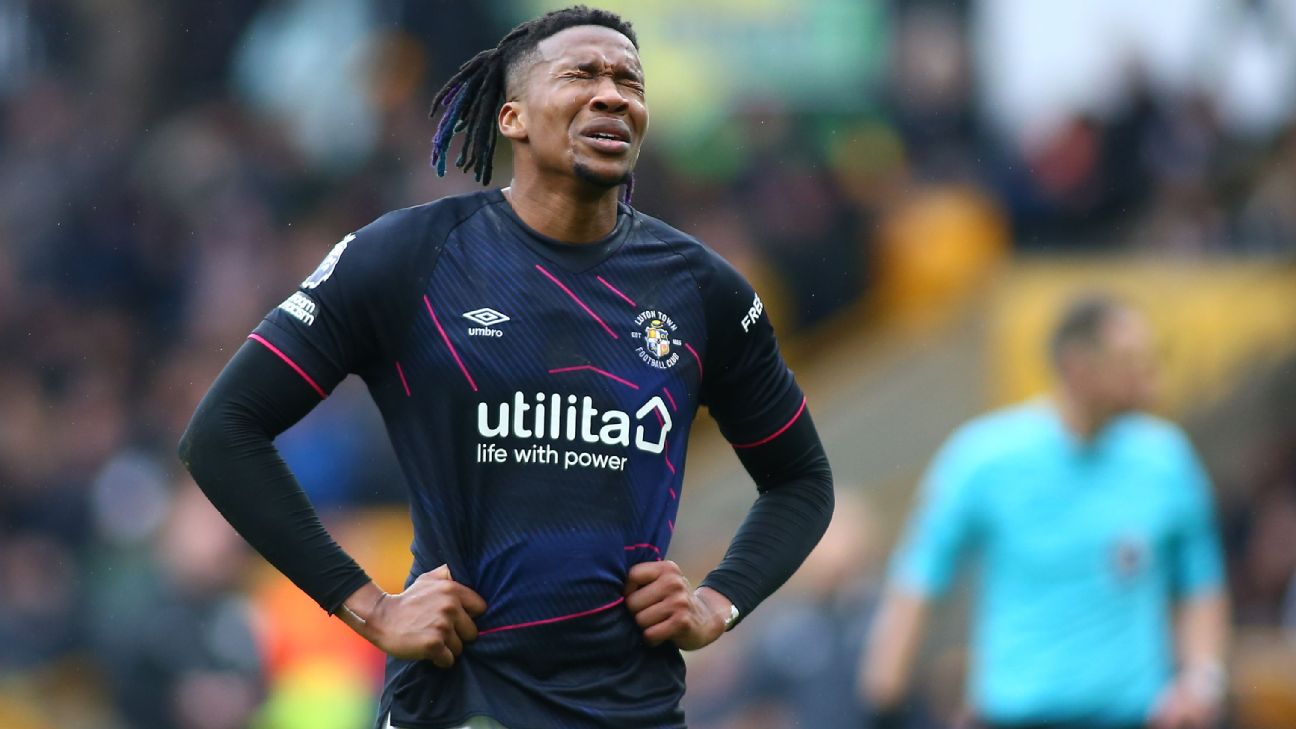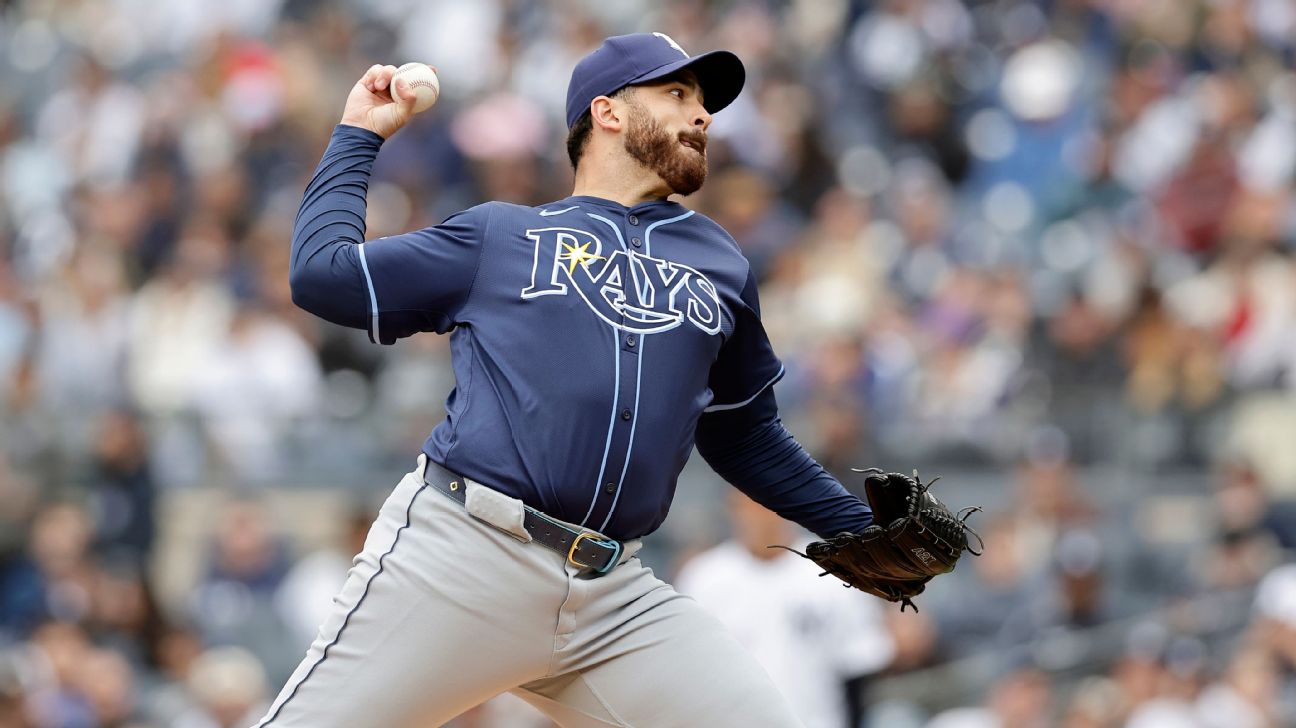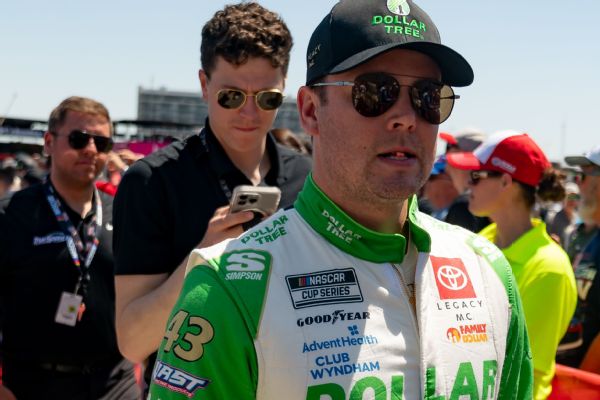![Andscape Draymond Green [576x324]](https://a.espncdn.com/photo/2023/1213/r1265976_576x324_16-9.jpg)
MacDonald-Gay Stars again as Sparks falter
Whenever an NBA player is ejected or suspended, there's typically a debate over whether the league got it right -- especially if the incident occurred on a big stage.
No player wants to get a letter from Hall of Famer Joe Dumars, the NBA's executive vice president and head of basketball operations, who is in charge of disciplining players and enforcing the league's rules.
What does the NBA rulebook say about ejections and suspensions? Let's examine the rules and find out the various ways a player can get tossed from a game or barred from competing.
What are the NBA's ejection rules?
The NBA's official rulebook lists eight actions that will automatically result in an ejection:
punching foul fighting foul technical foul for an attempted punch or swing with no contact technical foul for a thrown elbow toward an opponent above shoulder level with no contact deliberately entering the stands other than as a continuance of play flagrant foul penalty two second flagrant foul penalty one participation in the game when not on team's active listHowever, those aren't the only ways for a player or coach to end their night early. If a player receives two technical fouls, they are ejected. If a player is called for an unsportsmanlike act twice, they are ejected. In fact, a player "may be ejected for committing only one unsportsmanlike act" if the referees deem the single act warrants it.
If there is a fight, "technical fouls shall be assessed to players, coaches or trainers" and "the participants will be ejected immediately." The rulebook states: "Any player who throws a punch, whether it connects or not, has committed an unsportsmanlike act. He will be ejected following confirmation during review by instant replay and suspended for a minimum of one game."
If a player is continually criticizing or confronting the officials and it's deemed "excessive misconduct," the player can be ejected.
There are also more obscure ejections.
"The deliberate act of throwing the ball or any object at an official by a player, coach, trainer or other team bench person is a technical foul and violators are subject to ejection from the game," the rulebook states. "Any player who throws or kicks the ball directly into the stands with force, regardless of the reason or where it lands, will be assessed a technical foul and ejected."
It's worth noting that a technical foul, unsportsmanlike act or flagrant foul must be called for a participant to be ejected. If a player is assessed a flagrant two, he isn't just ejected -- he will also be fined a minimum of $2,000. A flagrant two is called when contact is deemed "unnecessary and excessive."
The rulebook details what must happen directly after an ejection.
"A player, coach or assistant coach, upon being notified by an official that he has been ejected from the game, must leave the playing area immediately and remain in the dressing room of his team during such suspension until completion of the game or leave the building. Violation of this rule shall call for an automatic fine. A fine not to exceed $50,000 and possible forfeiture of the game may be imposed for any violation of this rule."
If a player was awarded free throws but got ejected from the game before he could shoot them, the opposing coach selects the replacement shooter from his opponent's bench. Also, if a player is ejected and there's a jump ball, the player who just subbed in cannot jump; it has to be one of the players who was already in the game.
"In the event that there are only five eligible players remaining and one of these players is ejected, he must be replaced by the last player who was disqualified by reason of receiving six personal fouls," the rulebook states. "Each subsequent requirement to replace an ejected or injured player will be treated in this inverse order. Any such reentry into a game by a disqualified player shall be penalized by a technical foul."
What are the NBA's suspension rules?
Sometimes, a player can get ejected and suspended for the same mistake. As previously mentioned, throwing a punch leads to an ejection and suspension of at least one game.
If a player gets in multiple fights, they may receive a lengthy suspension. For example, Golden State Warriors forward Draymond Green was suspended indefinitely by the NBA after punching Phoenix Suns center Jusuf Nurkic just weeks after choking Minnesota Timberwolves center Rudy Gobert. The NBA made it clear that Green's "repeated history of unsportsmanlike acts" was taken into account. Green missed 12 games before he was reinstated.
The NBA's Collective Bargaining Agreement states that a player can be fined and/or suspended if they (or their representatives) "publicly express a desire to be traded to another team."
Incoming rookies can get suspended before they step on an NBA court for the first time, as any player who misses the mandatory rookie transition program will receive a five-game suspension, according to the CBA.
If a player is convicted of a violent felony (including by a guilty plea or no contest), they are immediately suspended by the NBA for a minimum of 10 games.
The NBA and NBPA have a joint agreement on dealing with domestic violence, sexual assault and child abuse allegations. Given the sensitive nature of these situations, the NBA handles these on a case-by-case basis. The joint agreement gives the league the ability to investigate and suspend players, as necessary. If a player is under investigation, the commissioner may place them on administrative leave with pay.
The CBA states: "Based on a finding of just cause, the commissioner may fine, suspend or dismiss and disqualify from any further association with the NBA and its teams a player who engages in prohibited conduct in violation of this policy. Repeat offenders will be subject to enhanced discipline." If a player doesn't cooperate with an investigation, they'll be suspended.
As part of the NBA and NBPA's joint agreement, there's a committee that provides "education, support, treatment, referrals, counseling, and other resources for players, their family members, and others at risk." They seek to prevent incidents of domestic violence, sexual assault and child abuse from occurring through educational programs and awareness training. There's also a 24-hour confidential hotline that can be used by players, their families and other victims to seek assistance and referrals. Players who are disciplined or convicted of one of these offenses must undergo therapy and treatment, otherwise they'll be fined and suspended. Players can also seek therapy and treatment voluntarily.
If a player violates the league's anti-drug program, they can be suspended or even banned from the league. This program focuses on "drugs of abuse," including "amphetamine and its analogs, which include methamphetamine; cocaine; LSD; opiates, including heroin, codeine and morphine; and PCP."
If a player fails to comply with Stage 1 of the anti-drug program, they are suspended and have 30 days to comply. If a player fails to comply with Stage 2 of the program, they are "immediately dismissed and disqualified from any association with the NBA or any of its teams." At that point, their contract is rendered null and void and they can't apply for reinstatement for at least one year. Jalen Harris and Tyreke Evans are among the players who were dismissed and disqualified for violating the anti-drug program. They were later reinstated.
The CBA also states that "a player will also be dismissed and disqualified if he is convicted of (including by a plea of guilty, no contest or nolo contendere to) a crime involving the use, possession or distribution of a prohibited substance other than marijuana or a felony involving the distribution of marijuana."
The NBA also has a marijuana and alcohol treatment program. If a player fails to comply with this program, they are first fined $10,000, then $25,000. If the player still isn't complying with the program, they'll receive a five-game suspension. If they continue to test positive, they'll be suspended until they are in full compliance with the program.
The NBA has a steroids and performance-enhancing drugs (PED) program too. For the first violation, the player is suspended for 25 games and required to enter the SPED Program. For the second violation, the player is suspended for 55 games and subject to in-patient or aftercare treatment. For the third violation, the player is immediately dismissed and disqualified from the NBA. John Collins and Deandre Ayton are the most recent examples of players who were suspended for violating this program. Collins tested positive for growth hormone releasing peptide-2 (GHRP-2), while Ayton tested positive for a diuretic.
Interestingly, the CBA states that a team is allowed to suspend a player without pay at the start of the season if he is "unfit to play skilled basketball" and "fails to remain in good physical condition... in the judgment of the team's physician." Contracts are sometimes terminated if a player can't pass his physical at the start of the year, but teams can also suspend a player in this situation.
If a player is facing a suspension for an on-court incident, they are entitled to a meeting with the NBA's president of league operations or executive vice president of basketball operations in order to "discuss the incident and be heard as to why a suspension is unwarranted," according to the CBA.
Players can have the Players Association appeal a punishment in writing to the commissioner. They can also involve a player discipline arbitrator. However, the player discipline arbitrator only has the authority to "affirm or reduce the financial penalty associated with a fine or suspension." They can't lift (or shorten the length of) a suspension.
When a player is suspended for a game, they aren't allowed to appear in any part of the arena before, during or after the contest.
Where can I find more NBA coverage from ESPN?
Check out ESPN's NBA coverage, including in-depth analysis, power rankings, exclusive interviews, updated standings, fantasy basketball content, NBA Draft notebooks and more.


